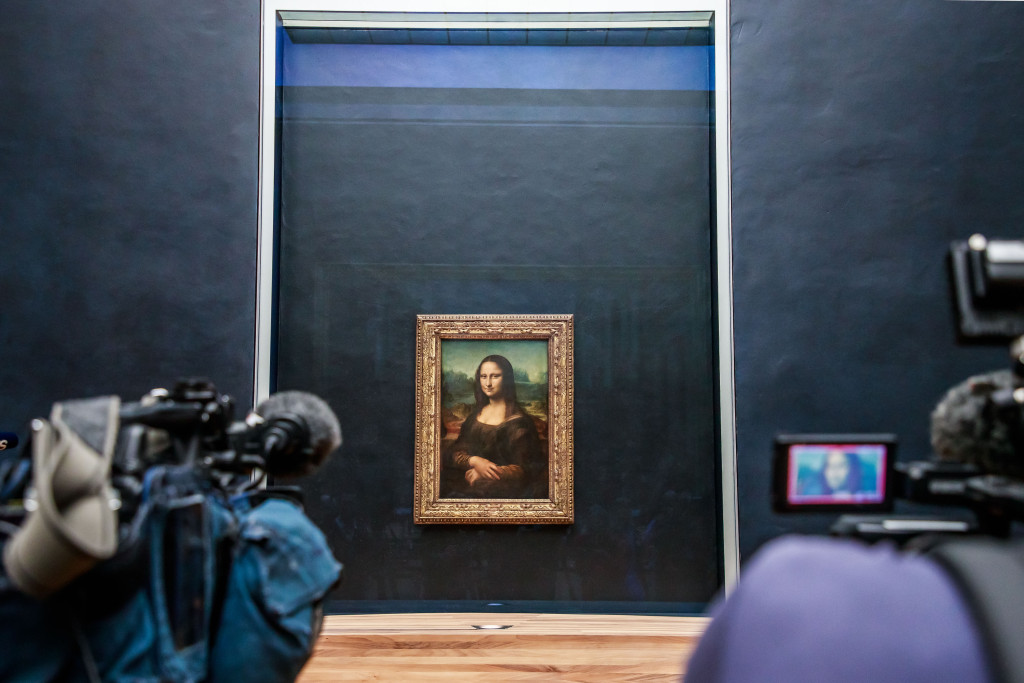[ad_1]
New research conducted by a scientist at the University of Basel in Switzerland focuses on how Leonardo da Vinci’s superior visual acuity might have enabled the Italian master to depict liminal moments, including the Mona Lisa‘s mysterious smile, in his works.
David Thaler, who has published two papers on Leonardo’s vision and artworks, explores the ways in which the artist captures “images that ‘in real life’ only occur for a moment.” Thaler favors a physiological examination of Leonardo’s “fast eye” over an analysis of whether his skills were the result of nature or nurture, which biographers of the artist have previously taken up.
[Read about five Leonardo scholars’ favorite works by the Italian master.]
On the subject of the Mona Lisa, Thaler writes that the “enigmatic nature” of the subject’s smile “may be that it is not a smile being held but the transient moment of a smile being formed. Perhaps Leonardo was able to apprehend Lisa’s smile effectively in slow motion and thereby capture the most meaningful transients of movement.”
His first paper goes on to analyze Leonardo’s “copious notes on bird flight,” which could serve as evidence of the artist’s remarkable visual perception. Thaler also suggests that the artist Katsushika Hokusai, who created detailed paintings and prints of natural phenomena, may have possessed similarly heightened vision.
In his second study, Thaler looks at “physical and psychophysical mechanisms” that “underlie [Leonardo’s] use of sfumato in portraits.” He writes, “Leonardo’s ‘quick eye’ may have allowed him to recognize instantaneous images and their partial focus. Alternatively, he may have held a steady gaze long enough to recognize differential acuity within a visual field held preternaturally still by concentration, awe, fear, or affection.”
[ad_2]
Source link


